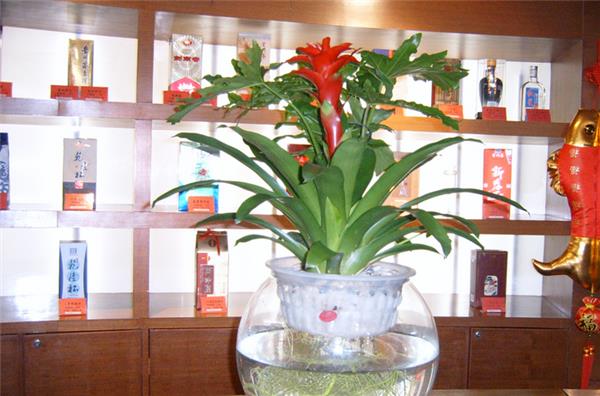A probe into the truth of the poison of mimosa
I have always been interested in the reasons for the shyness of mimosa, but I really haven't paid attention to whether mimosa is poisonous or not. As for whether mimosa is poisonous or not, it is closely related to our health, so let's take a look.
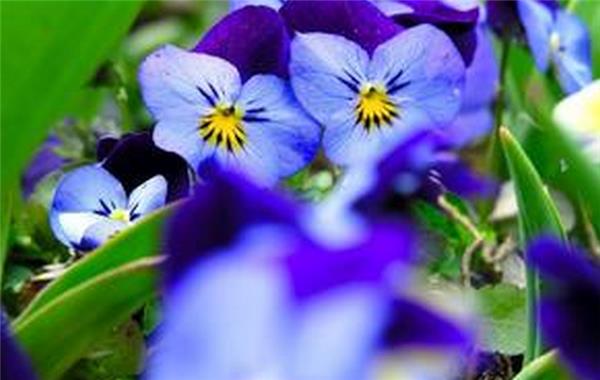
Is mimosa poisonous
The reason why the mimosa is "shy" after the mimosa is stimulated, the leaflet closes and the petiole droops. A research team led by Professor Takagi Takeshi of Shangzhi University in Japan has solved the mystery of the closed movement of mimosa: mimosa cells are supported by a tiny reticular protein called actin. When there is a closed movement, the phosphoric acid of actin will fall off, as long as the mimosa is allowed to absorb the compound that does not let the phosphate fall off, it will not change after touching. Professor Takeshi pointed out that when the thigh actin bundle is dispersed, the cells are destroyed, resulting in water running out, resulting in closed movement. Actin is commonly found in the muscle fibers of animals and is related to muscle stretching. Unexpectedly, it also exists in mimosa, which can be said to be quite rare.
The mimosa in mimosa is a toxic substance that can cause hair loss after excessive contact.
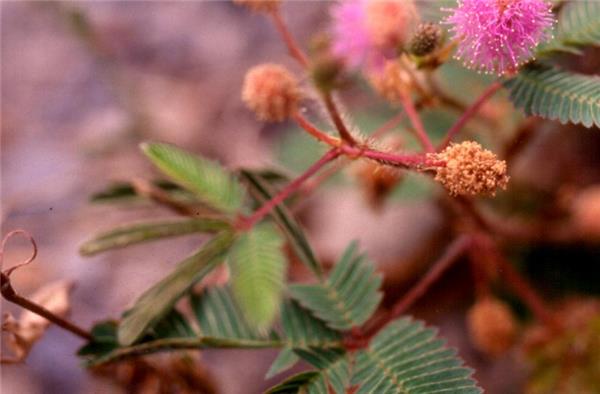
Second, how to raise mimosa
During the growth period of mimosa, it can be combined with watering, and the rotten dilute liquid fertilizer (3mur4) can be applied every 10 days or so. As a potted ornamental flower, it is easy to move into the sunny part of the room and can survive the winter safely at a room temperature of 12 degrees.
Moisture: like to be moist, watered once a day during the summer growth period.
Fertilizer: topdressing is applied once every half month at seedling stage. If you do not want the mimosa plant to be too large, you should reduce the amount of fertilizer.
Soil: the soil should be deep, fertile and moist.
Temperature: not cold-resistant, like warm climate, plants die by themselves in winter.
Light: full of happy light, slightly resistant to half-shade.
Reproduction: sowing and reproduction. Sowing from late March to early April, the growth was slow in the seedling stage, and the seedling height could be planted when the height was 7ml / 8m.
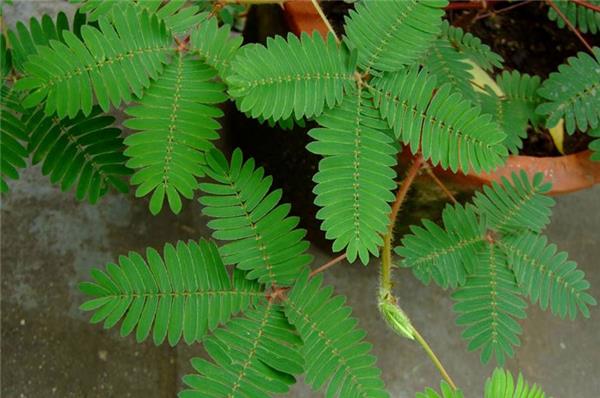
Third, the function of mimosa
1. Mimosa can clear heat and diuresis, resolve phlegm and relieve cough, calm nerves and relieve pain, detoxify, dissipate blood stasis, stop bleeding, converge and so on. For colds, children with high fever, acute conjunctivitis, bronchitis, gastritis, enteritis, urinary calculi, malaria, neurasthenia; external treatment of swelling and pain, sores, hemoptysis, herpes zoster.
2. Watch
Mimosa plant shape scattered, feather leaves slender and beautiful, its leaves are closed at a touch; mimosa flowers are many and beautiful, charming, giving people the impression of weak and elegant. It can be planted in the corner of the courtyard or potted in the window.
3. Earthquake prediction
According to Turkish seismologist Erjiang, a few hours before a strong earthquake, the leaves of mimosa, which are sensitive to the outside world, suddenly shrink and then wither. In earthquake-prone Japan, scientists have found that under normal circumstances, mimosa leaves open during the day and close at night. If the leaves of mimosa close during the day and open at night, it is a sign of an earthquake. For example, at 7: 00 a.m. on January 11, 1938, the mimosa began to open, but at 10:00, all the leaves suddenly closed, and sure enough, a strong earthquake occurred on the 13th. Members of the earthquake Club of Japan in 1976 observed the abnormal closure of mimosa leaves many times, resulting in an earthquake.
4. In addition, mimosa can also predict disastrous weather changes and produce unconventional growth activities to sudden anti-seasonal temperature difference, geomagnetism, geoelectricity and other changes. We can put some potted mimosa plants in the room to observe the prediction and prevention of natural disasters.
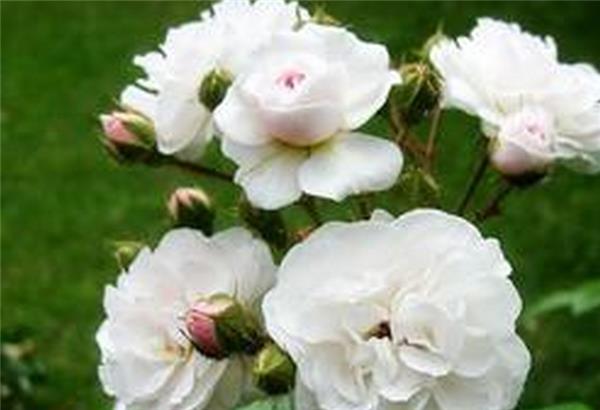
Above, we explored whether mimosa is poisonous, and at the same time understood how to raise mimosa and its function, so as to deepen our understanding of mimosa and enrich our understanding of flowers and plants.
Related
- Wuhan Hospital Iron Tree Blooming Result Was Instantly Frightened by the Gardener Master
- Which variety of camellia is the most fragrant and best? Which one do you like best?
- What is the small blue coat, the breeding methods and matters needing attention of the succulent plant
- Dormancy time and maintenance management of succulent plants during dormancy
- Minas succulent how to raise, Minas succulent plant pictures
- What are the varieties of winter succulent plants
- How to raise succulent plants in twelve rolls? let's take a look at some experience of breeding twelve rolls.
- Attention should be paid to water control for succulent plants during dormant period (winter and summer)
- Watering experience of twelve rolls of succulent plants
- Techniques for fertilizing succulent plants. An article will let you know how to fertilize succulent plants.



